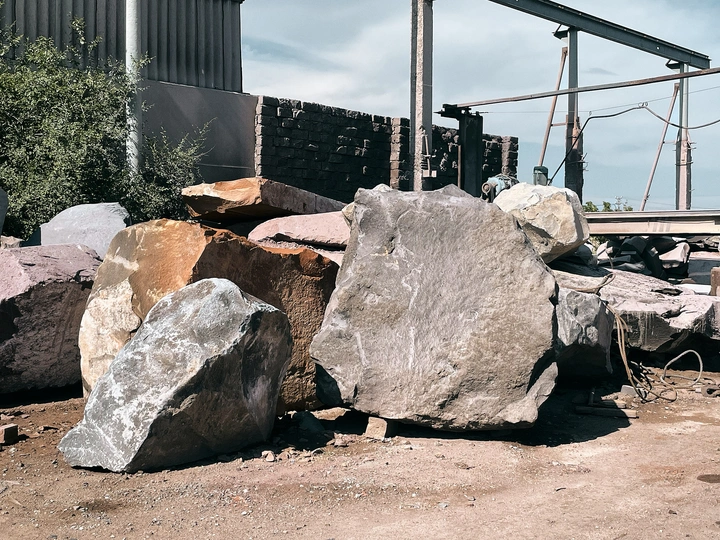Drawing into Place: Making, Memory, Community

I am an architect and assistant professor in the Department of Architecture at the University of Hong Kong. My research and teaching examine drawing’s role in exploring relations between territory and architecture; between making and the material flows that link human and non-human; and as a mediating instrument for design-build–understood as both material intervention and shared experience.
My ongoing work on an interpretive strategy for Armenia’s Vedi River Valley has recently led to the design of an archaeological field laboratory for the Ararat Plain Southeast Archaeological Project (APSAP), which was recognised in the Cultural Regeneration category of the Architectural Review’s 2025 Future Projects Awards. My current research focuses on developing the traditional Armenian glkhatun housing typology in response to climate change in semi-arid regions. This work aims to enable local communities to reassess construction methods and principles, with positive impacts on building standards and policy.
I am committed to collaborative inquiry and making. I co-founded Architecture Land Initiative (ALIN), a Switzerland-based cooperative working with political actors and NGOs at multiple scales to drive sustainable and equitable transformation of landscape, public space and architecture.
In 2018 I led students from Switzerland and Peru in the design and fabrication of ‘A Room for Archaeologists and Kids’ for the Museum of Pachacamac, Peru–a project developed in collaboration with museum curators and public officials, awarded the 2019 Dezeen Architecture Project of the Year and leading to publication of the Pachacamac Atlas (2022).
My work has been supported by institutions such as the Graham Foundation, exhibited internationally, and published in various architectural journals.
This proposal addresses the urgent need for innovative heritage interpretation and sustainable construction in regions defined by cultural complexity and environmental vulnerability, with a focus on Armenia. In areas facing rising temperatures, water scarcity, and seismic risk, regional constraints drive architectural innovation and prompt the reimagining of material practices. Scarce resources demand rethinking of local building traditions, inspiring resilient and context-sensitive solutions.
The aim is to explore how design-build prototypes realised as full-scale assemblies can serve not only as technical solutions but also as platforms for collective learning and the transmission of overlooked building knowledge. Reviving lost typologies provides climate-adapted spaces and renews community agency and continuity with the past.
In places marked by conflict or social upheaval, heritage and construction take on added meaning: innovative approaches to the built environment can resist the erasure of identity and memory and counter the appropriation of cultural sites. Through participatory methods, immersive mapping, and knowledge exchange, the project promotes inclusive action and empowers communities to reinterpret their heritage and landscapes.
If awarded the fellowship, I would explore video not just as documentation, but as an active, participatory tool within the making process. I am eager to integrate community-driven video into my methodology–amplifying local voices and capturing building and learning as collective acts–while welcoming collaboration through exhibitions, dialogue, and forms of making and writing. By weaving video into fieldwork, hands-on experimentation, and partnership with local actors and cultural practitioners, I aim to show how material innovation, community knowledge, and creative media can unite to meet environmental challenges and support positive social transformation–offering a dynamic model for impactful, interdisciplinary practice.